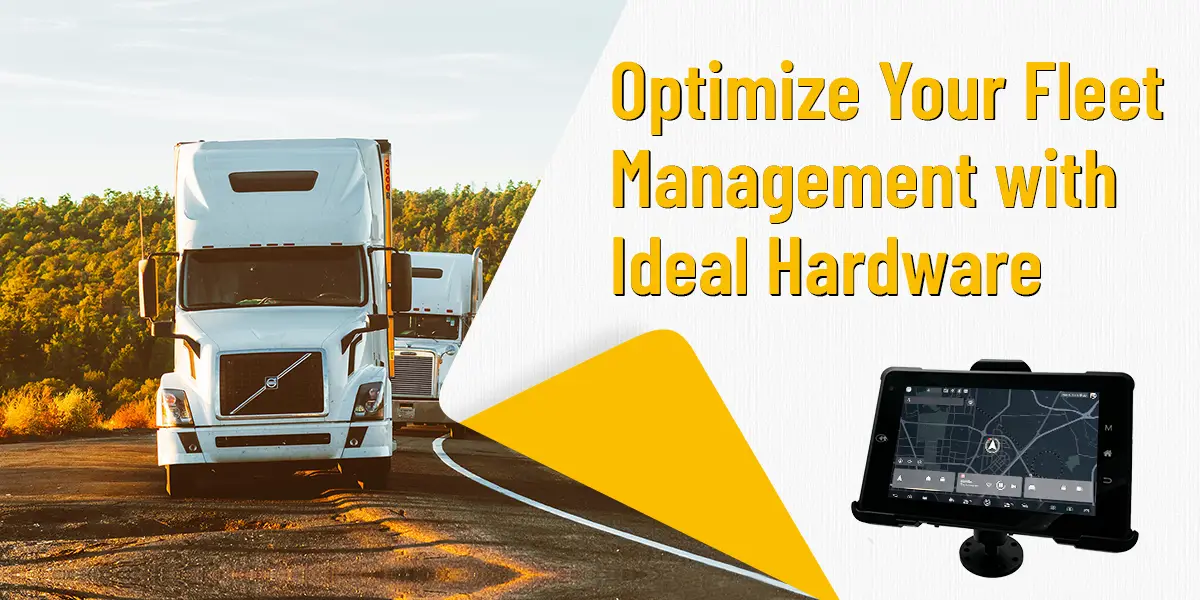In the modern age of technology, the integration of digital devices into our daily lives has become ubiquitous. One such innovation that has caught the attention of many is the in-vehicle tablet. This article aims to explore the concept of using tablets within cars, addressing the various aspects of this technology, from installation to cost considerations. We will delve into the practicality of using vehycal tablets, the benefits of in-vehicle tablet mounts, and the steps involved in setting up a tablet in your car. Additionally, we will discuss the connectivity options and the financial implications of integrating such devices into your vehicle.
The Evolution of In-Vehicle Technology
The automotive industry has seen a significant shift towards incorporating advanced technology within vehicles. From GPS navigation systems to infotainment centers, the driving experience has become more interactive and convenient. The introduction of in-vehicle tablets is a natural progression in this technological evolution. These tablets are designed to enhance the driver’s and passengers’ experience by providing access to a wide range of applications and services, from entertainment to communication and navigation.
Benefits of In-Vehicle Tablets
In-vehicle tablets offer a multitude of benefits that can transform the driving experience. They provide a larger screen for better visibility, improved navigation systems, and access to a plethora of apps for entertainment and productivity. For families, these tablets can serve as an in-car entertainment system, keeping passengers engaged during long trips. For business users, they can facilitate video conferencing and document viewing on the go.

Choosing the Right In-Vehicle Tablet Mount
One of the key considerations when integrating a tablet into your vehicle is the selection of a suitable mount. An in-vehicle tablet mount should be sturdy, secure, and allow for easy adjustment. It should also be compatible with your vehicle’s interior and not obstruct the driver’s view or controls. There are various types of mounts available, including dashboard mounts, headrest mounts, and seatback mounts, each serving different purposes and preferences.
How to Install a Tablet in Your Car
The process of installing a tablet in your car can vary depending on the type of mount and the vehicle’s design. Generally, it involves selecting a suitable location, attaching the mount securely, and then placing the tablet within the mount. It’s crucial to ensure that the installation does not interfere with the vehicle’s operation or safety features. For those not comfortable with DIY installations, professional installation services are available.
Connectivity and Integration
Connecting a tablet to your car can be done in several ways. Bluetooth connectivity allows for hands-free operation and integration with the car’s audio system. For more advanced integration, some vehicles offer USB ports or proprietary systems that enable direct connection to the car’s infotainment system. This can allow for features such as GPS navigation and climate control to be accessed through the tablet.
Cost Considerations
The cost of installing a tablet in your car can vary widely depending on several factors. These include the tablet model, the type of mount, and whether professional installation is required. On average, the cost can range from a few hundred to over a thousand dollars. It’s essential to consider these costs when deciding to integrate a tablet into your vehicle.
Frequently Asked Questions
- What is a vehycal tablet?
A vehycal tablet is a term used to describe a tablet specifically designed or used for in-vehicle applications. - What is an in-vehicle tablet mount?
An in-vehicle tablet mount is a device that secures a tablet to a car’s interior, allowing for safe and convenient use while driving. - Can I use an in the car tablet for navigation?
Yes, an in-car tablet can be used for navigation with the help of GPS-enabled apps. - How do I connect a tablet to my car’s audio system?
You can connect a tablet to your car’s audio system via Bluetooth or a wired connection, depending on the car’s capabilities. - What is the average cost to install a tablet in a car?
The average cost can range from a few hundred dollars for a basic setup to over a thousand dollars for more advanced installations and professional services.
Conclusion
The integration of in-vehicle tablets is a testament to the ongoing digital transformation within the automotive industry. These devices offer a myriad of benefits, from enhanced navigation to improved in-car entertainment. With careful consideration of the type of mount, installation process, connectivity options, and cost, an in-vehicle tablet can significantly elevate the driving experience. As technology continues to advance, it is expected that the role of tablets within vehicles will only continue to grow, offering even more functionality and convenience to drivers and passengers alike.
link:https://www.saintwaytech.com/rugged-tablet/in-vehicle-tablet-revolutionizing-the-driving-experience/
评论
发表评论